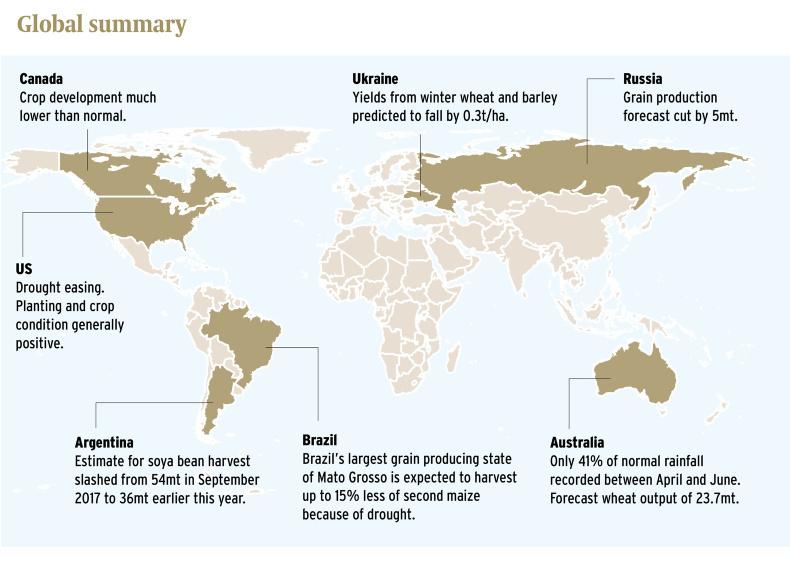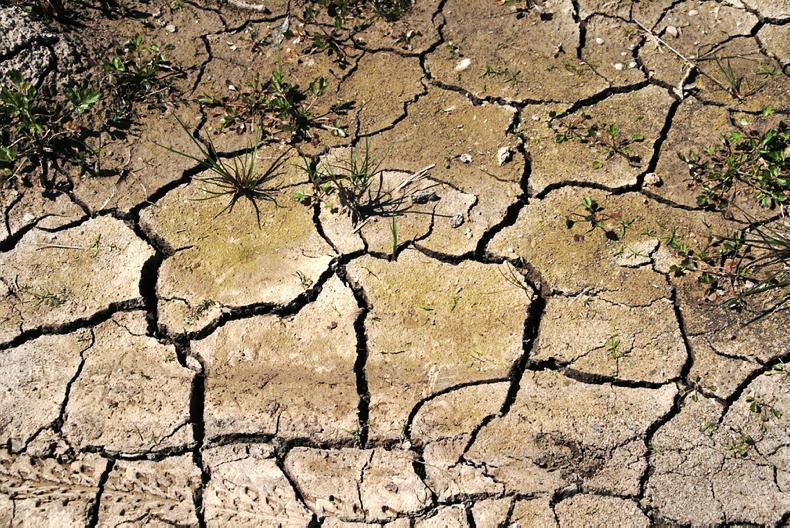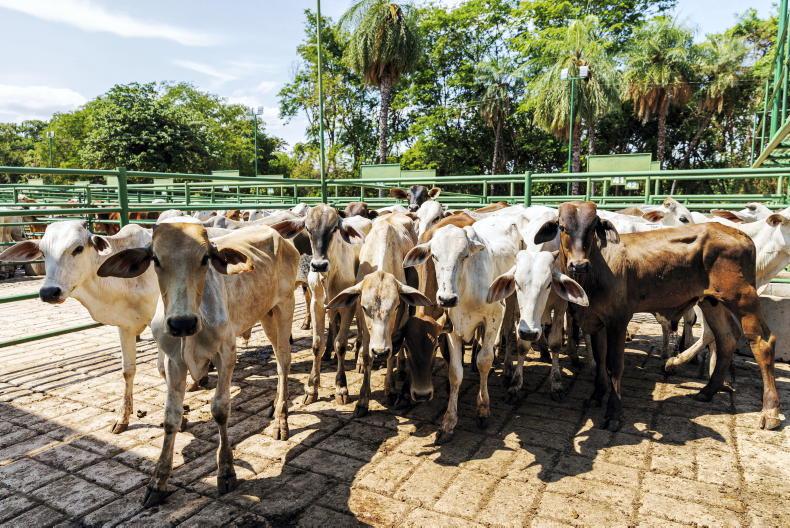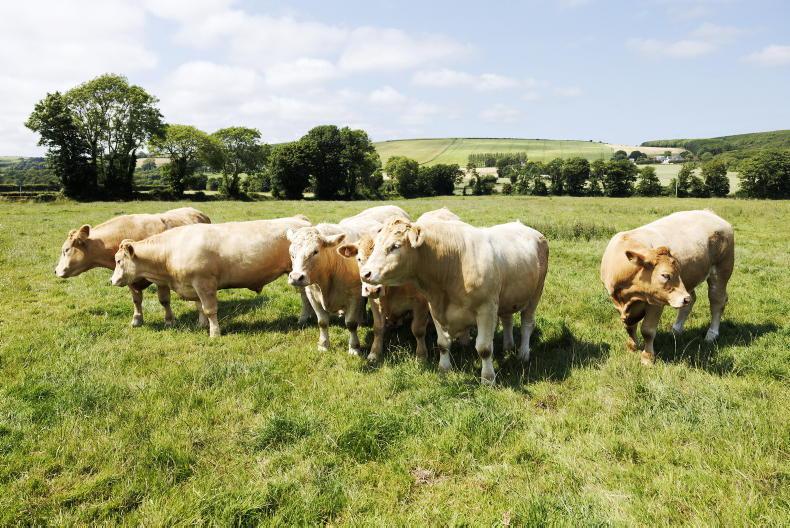Dry weather conditions have been a common theme of late, with moisture deficits affecting many corners of the world. Challenging dry weather conditions in the US, the Black Sea region, Canada and Australia over the past number of months have hampered crop development as well staggering winter and spring planting.

While many of these areas remain dry, some improvements have taken place and crop conditions have benefited. These factors have contributed to a strengthening grain market but, as with the nature of markets, day-to-day movements are large and include plenty of drops. Oilseed markets have also been partly driven by the negative impact of the drought in Argentina and the resulting drop in expected soya bean output this harvest. We explore the progress in the season so far in these drought-stricken regions.
Australia
May has been exceptionally dry in Australia, the world’s fourth-largest wheat exporter. Nationally, May rainfall was the third-lowest on record. Monthly rainfall was below average for most of Australia and, between 6 April and 6 June, only 41% of normal rainfall was recorded.
The dry weather is hampering both planting and developing winter crops. The Australian winter crop planting season usually spans May and June. Planting is coming to the final stages. Most winter wheat is planted in Western Australia, South Australia, Victoria and New South Wales. The western Australian states account for over 40% of the national wheat crop and they all received below normal rainfall.
The dry weather has delayed planting, but many farmers have decided to plant in dry conditions and gamble on rain arriving to help with germination. If inadequate levels of rain falls, the developmental stages of the crop could be shortened, potentially affecting yield.
Based on farmers’ anticipated crop plans, the Australian Bureau of Agriculture’s March quarterly forecast put wheat output at 23.7m tonnes (mt) this year, but that was made before hopes of good April rainfall were dashed.
Relief: Across Australia, 123mm of rain has been forecast from 6 to 15 June. This has brought relief to farmers in the westerns states but key eastern states remain parched. The rain will help with crop emergance.
Russia
The total 2017 Russian crop harvest stood at a record 135mt. However, colder conditions in spring followed by prolonged moisture deficits in some key crop-producing regions have resulted in the Russian agriculture ministry reducing its grain production forecast by 5mt. Russia is the world’s top wheat exporter, having overtaken the US and the EU in 2017/18.
Ukraine
Ukraine is the third-largest grain exporter in the world, harvesting 61.3m tonnes of grain in 2017. The total area of winter and spring crops in 2018 is expected to exceed 14m hectares. After a mild winter and early spring, crop condition was rated as very good. A period of low temperatures incited fear that the lush crops may be susceptible to frost damage but this was not the case. However, a period of excessive heat in April soon followed, which brought with it drought conditions. At the start of June, the accumulated precipitation since the start of April was only 53% of normal levels.
Because of moisture deficits, premature yellowing of lower-tier leaves and drooping of plants were reported across the southern, central and eastern regions. Yields for both winter wheat and winter barley are predicted to fall 0.3t/ha from year earlier levels, to 3.8t/ha and 3.1t/ha respectively.
UkrAgroConsult agriculture consultancy has already twice lowered its forecast for the 2018 barley harvest by 7.75mt as of mid-April, down from 8.7m in late March.
US
Severe drought in the key midwestern and southwestern growing states in the US have eased over recent weeks and the latest USDA crop progress report stated crop conditions and planting progress are generally positive. As of the start of this month, maize planting was slightly ahead of normal at 95% complete and is expected to draw to a close in the coming week. Seventy-eight per cent of the maize crop rated as good or excellent, 10 percentage points ahead of 2017. Soya bean planting has also stormed ahead on 2017’s progress, with over 90% of the crop now in the ground.
Relief: Recent rain in the Northern Plains also appears to have had a positive impact on the spring wheat crop, with 69% of the crop rated good to excellent. However, just 37% of winter wheat is rated as in good or excellent condition. Harvesting of the winter wheat crop has also now begun, with 5% of the area harvested. There is likely to be limited scope for recovery for US winter wheat. The estimated 32.4mt US winter wheat crop could be 6% below the 2017 estimate and the lowest since 2002.
Canada
Cool conditions in early spring delayed crop growth and limited planting operations across Canada. Planting advanced rapidly with the onset of dry, warm weather, particularly in the prairies. Crop development is much lower than the normal (compared with the average stage from 1987 to 2017) for most parts of Canada this spring. Agriculture and Agri-Food Canada reported that between the start of the growing season and 24 May, large portions of the prairies had received less than 40% of average rainfall.
Vegetation growth index maps released by Statistics Canada show that dry weather has hampered crop development in the majority of the prairies.
Relief: Recent rainfall has brought relief to some parts of the country. However, areas in the southwest still require more rain as crops begin to emerge.
Elsewhere, parts of the southeast were dealing with flooding, having received 256mm of rain in places. Canada is the world’s largest grower of canola (oilseed rape) and crops are getting close to the development stage typically seen for this time of year.
Argentina
The world’s third-biggest producer of soya beans and the biggest exporter of soya oil and soya meal, Argentina, is suffering from its worst drought in decades. Extreme drought in key soya bean producing regions of the country has resulted in the Buenos Aires Grain Exchange (BAGE) slashing its estimate for Argentina’s soya bean harvest from 54mt in September 2017 to 36mt earlier this year.
With less than 10% of the crop left to harvest and reported yields as low as 2.23t/ha, it is unlikely these figures will be revised upwards.












SHARING OPTIONS